Entering into US session, Euro is trading as the lowest one for today, followed by Swiss Franc, in relatively mixed markets. New Zealand Dollar is the strongest one while Australian Dollar recovers much of yesterday’s losses. But for now, pre-weekend recovery in Sterling put it into second place. But movements in the currency markets are relatively limited. Thus, the picture could have a drastic change at close.
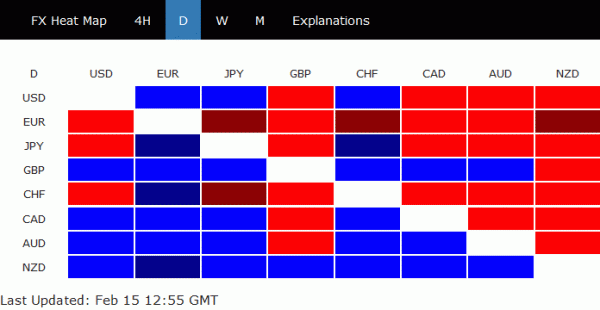
US-China trade negotiations were the main focus of the day. Words from both sides were positive, but without much substance. China’s Xinhua news agency said the delegations discussed topics including technology transfers, intellectual property protection, non-tariff barriers, services, agriculture and the trade balance. And both countries reached consensus is principle on a number of issues. They’re working towards a memorandum of understanding on trade and economic issues.
White House spokesperson Sarah Sanders confirmed that trade talks with China will continue in Washington next week. She said “The United States looks forward to these further talks and hopes to see additional progress.” And, “Both sides will continue working on all outstanding issues in advance of the March 1, 2019, deadline for an increase in the 10 percent tariff on certain imported Chinese goods.”
US Trade Representative Robert Lighthizer said “we feel we have made headway on very, very important and difficult issues. We have additional work to do but we are hopeful,” Treasury Secretary Steven Mnuchin tweeted “Productive meetings with China’s Vice Premier Liu He and @USTradeRep Amb. Lighthizer”, without any elaboration.
But the development so far seems to be enough to lift sentiments slightly. DOW futures in currently up 76 pts.
In Europe:
- FTSE is up 0.55%.
- DAX is up 1.39%.
- CAC Is up 1.44%.
- German 10-year yield is down -0.0032 at 0.104, holding on to 0.1 handle.
Earlier in Asia:
- Nikkei dropped -1.13%.
- Hong Kong HSI dropped -1.87%.
- China Shanghai SSE dropped -1.37%.
- Singapore Strait Times dropped -0.41%.
- Japan 10-year JGB yield dropped -0.0114 to -0.022, staying negative.




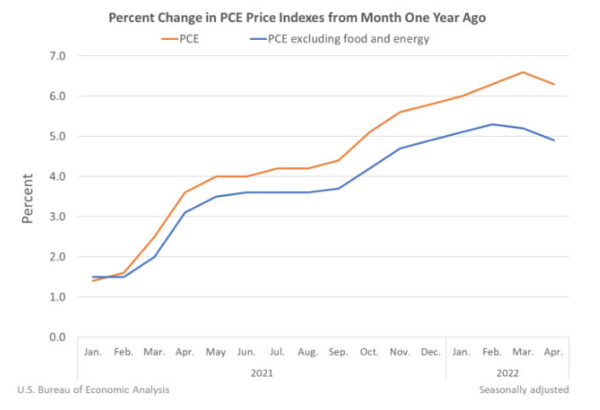
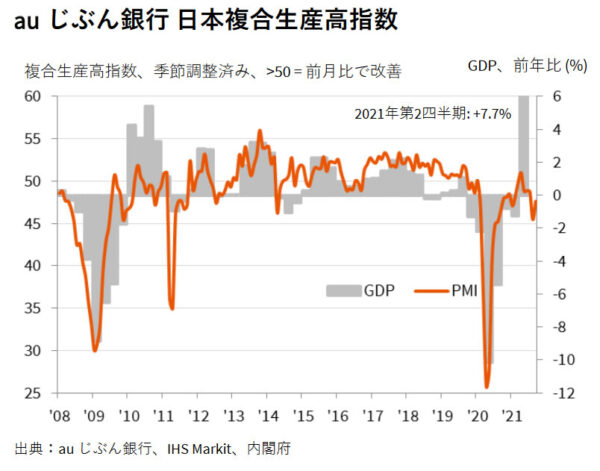
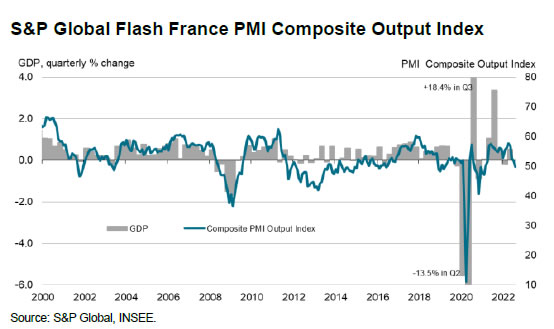
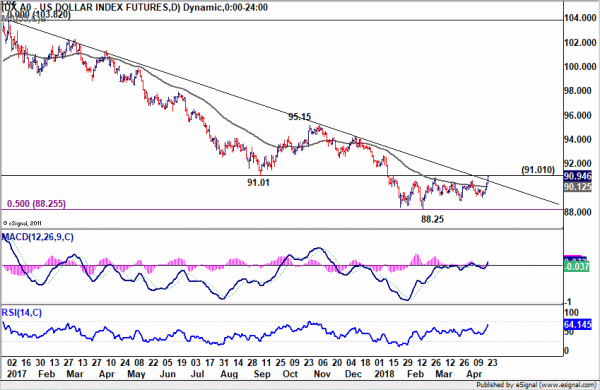
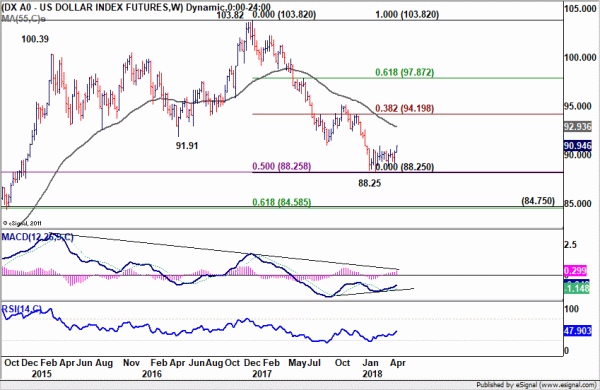
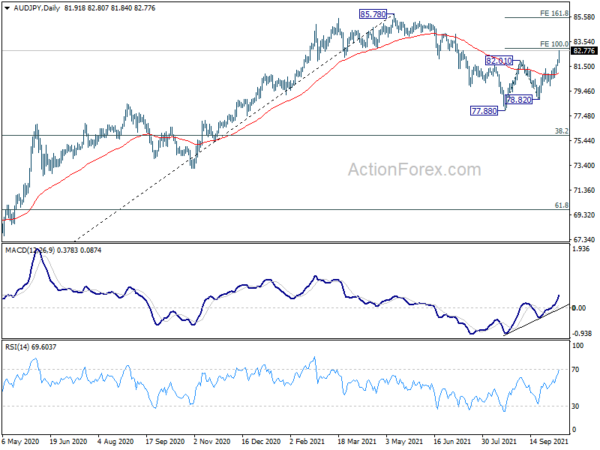
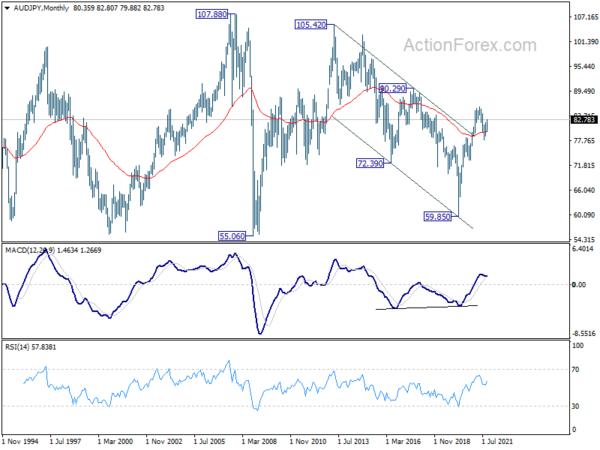
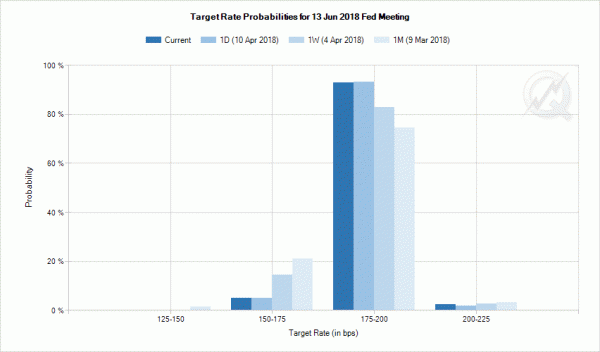
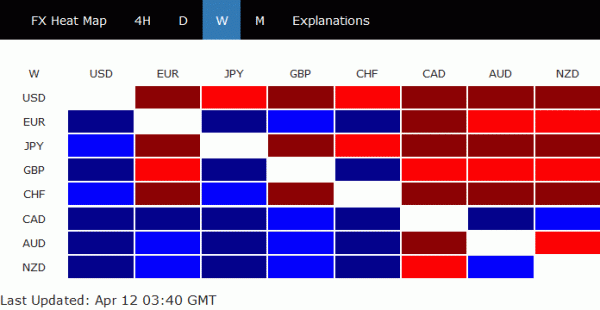
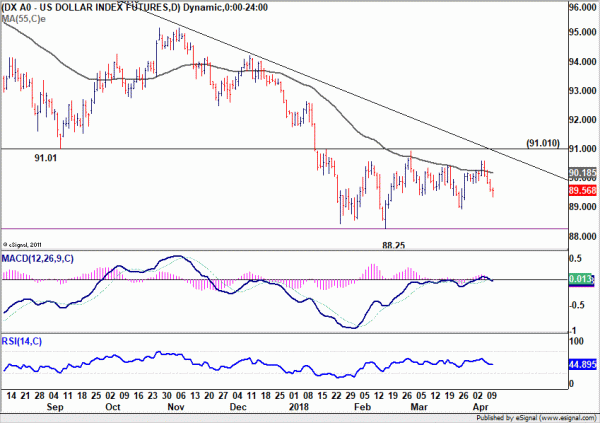
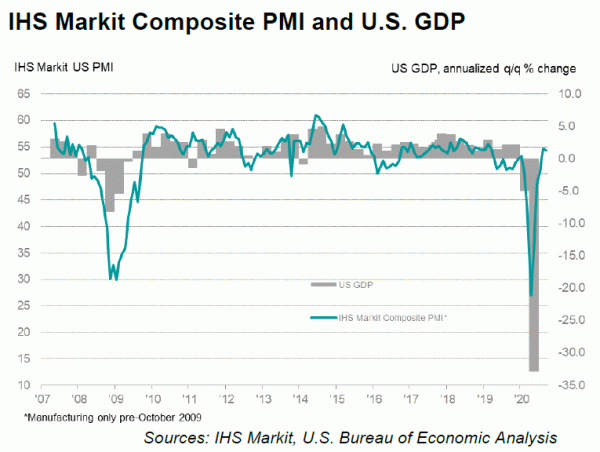
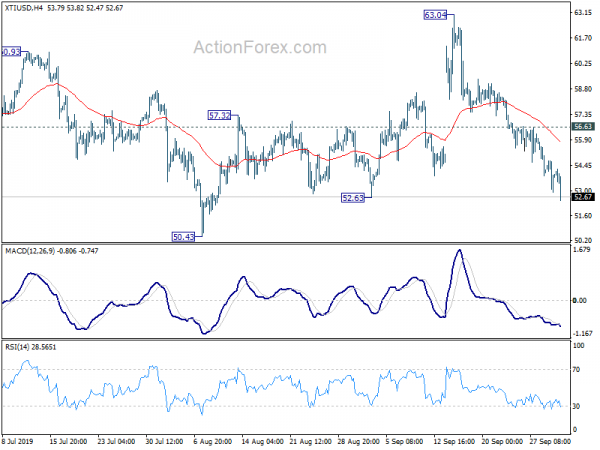
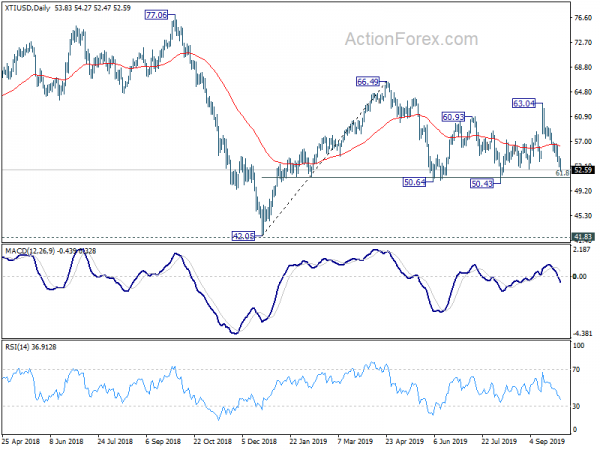

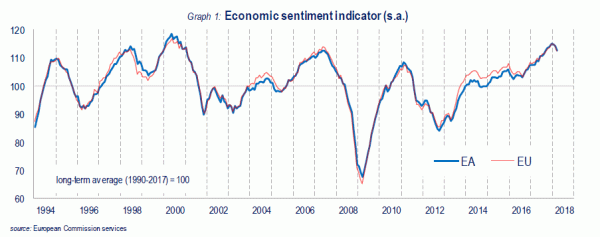
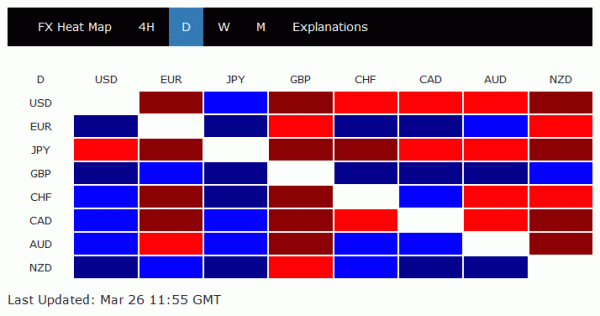
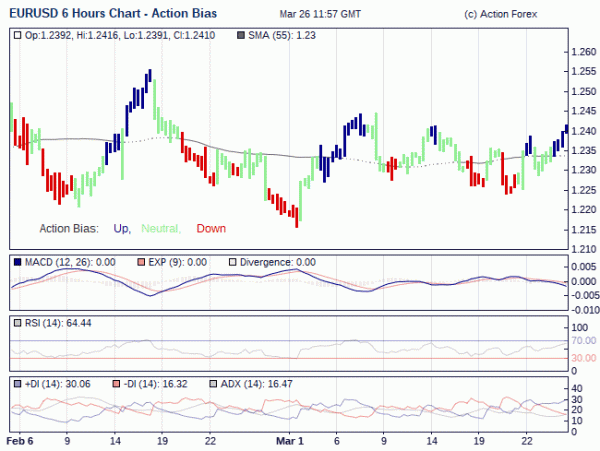
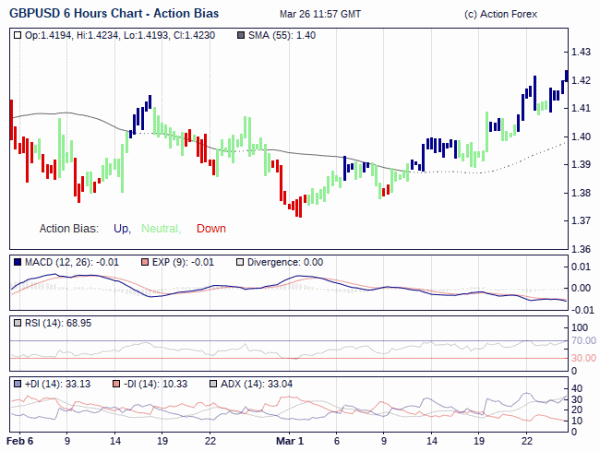
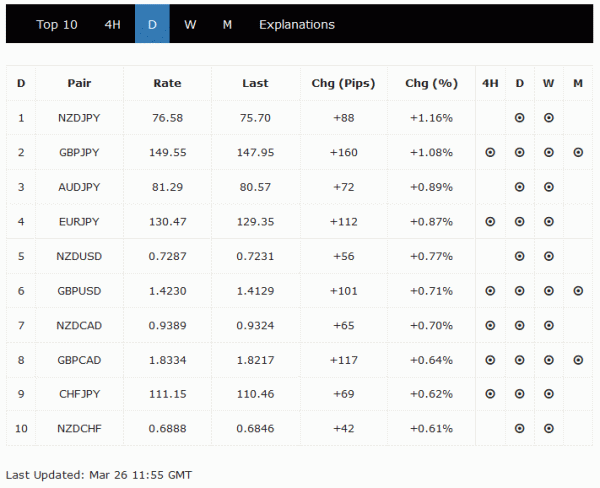

US PMI composite fell to 50.4, near stagnation
US PMI Manufacturing fell form 49.0 to 47.0 in August. PMI Services fell from 52.3 to 51.0. PMI Composite fell from 52.0 to 50.4.
Chris Williamson, Chief Business Economist at S&P Global Market Intelligence said:
“A near-stalling of business activity in August raises doubts over the strength of US economic growth in the third quarter. The survey shows that the service sector-led acceleration of growth in the second quarter has faded, accompanied by a further fall in factory output.
“Companies report that demand is looking increasingly lethargic in the face of high prices and rising interest rates. A resultant fall in new orders received by firms in August could tip output into contraction in September as firms adjust operating capacity in line with the deteriorating demand environment. Hiring could likewise soon turn into job shedding in the coming months after a near-stagnation of employment in August.
“Rising wage pressures as well as increased energy prices have meanwhile pushed input cost inflation higher, which will raise concerns over the stickiness of consumer price inflation in the months ahead. One upside is that weak demand is starting to limit pricing power, which should help keep a lid on inflation around the 3% mark.”
Full US PMI release here.